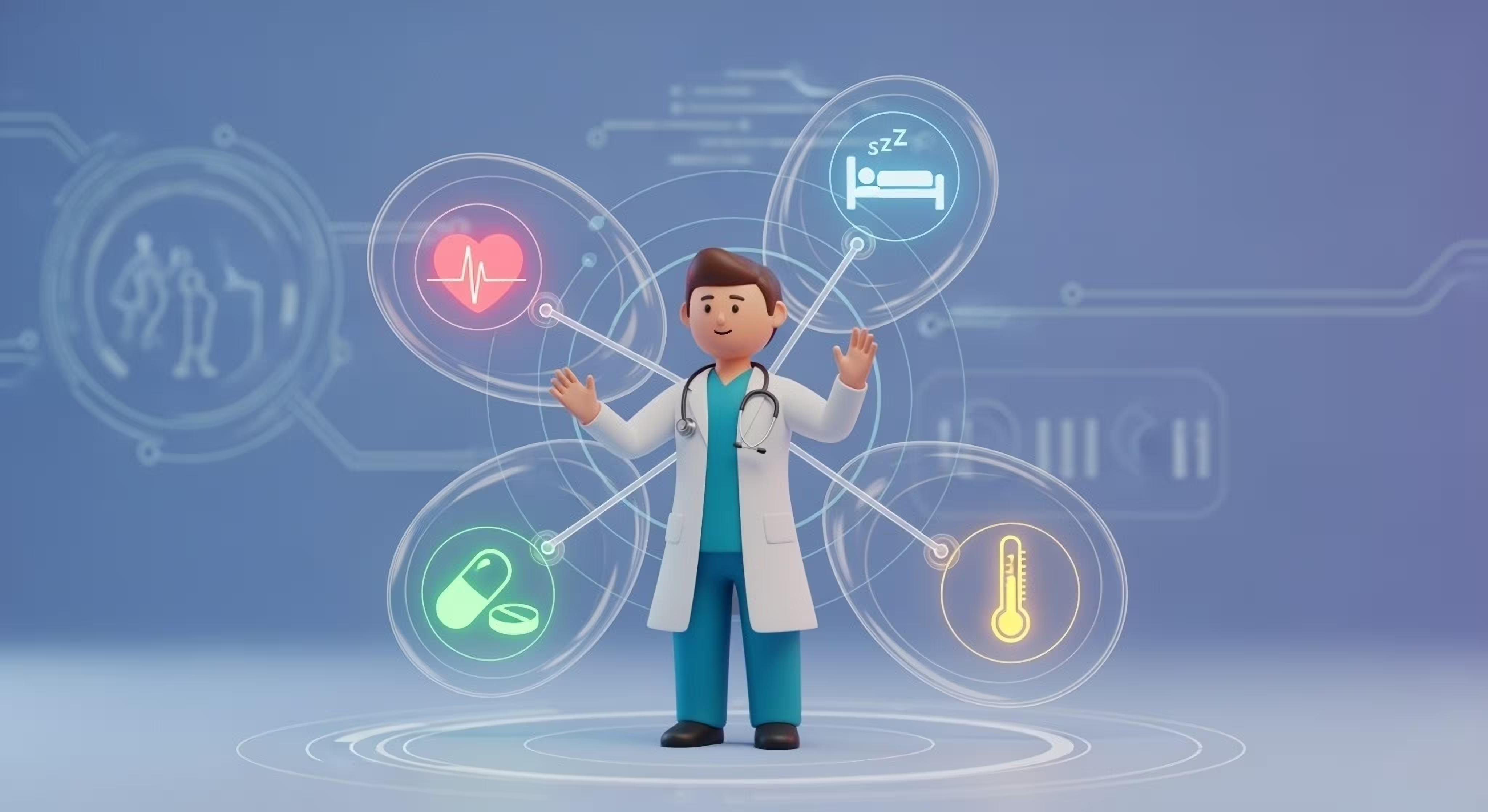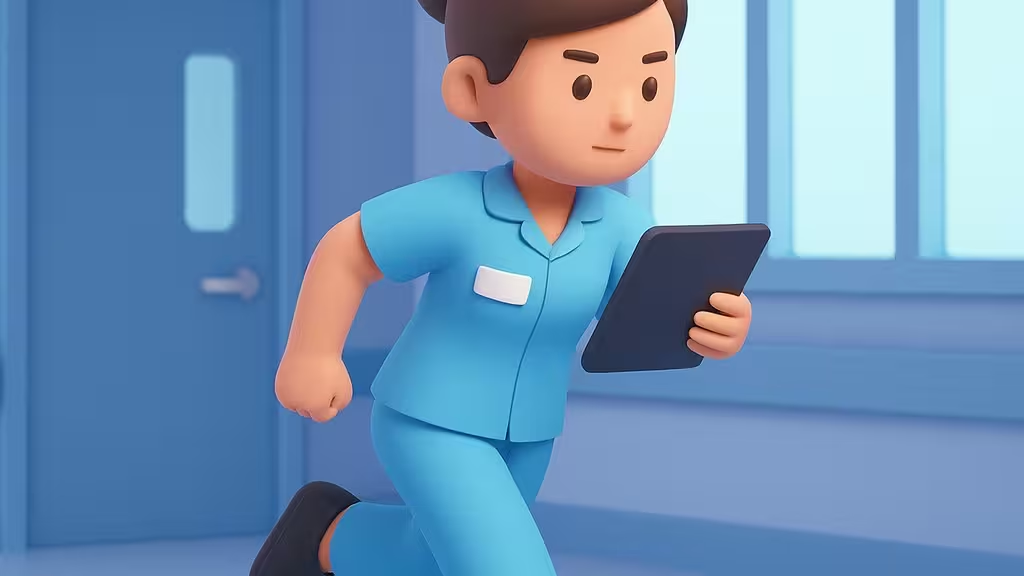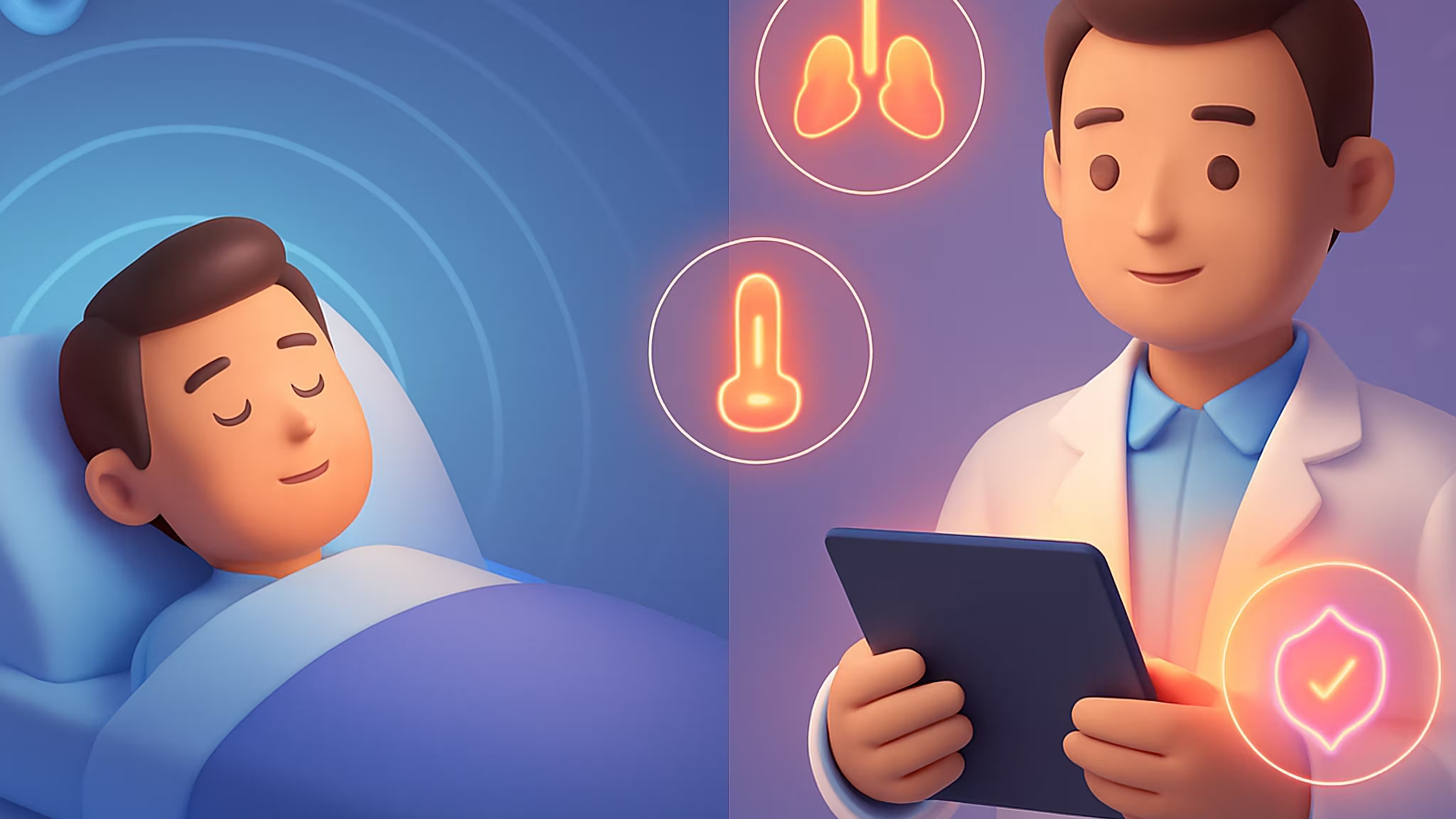The Global Healthcare Workforce Shortage: A Growing Crisis

The healthcare industry is at a turning point. Around the world, health systems are struggling to deliver essential care due to a critical shortage of skilled professionals. While this issue predates the COVID-19 pandemic, recent years have made it more visible and urgent.
Nearly 60 percent of the global population—approximately 4.5 billion people—lack access to essential health services, according to the McKinsey Health Institute1. These include immunization, prenatal and maternal care, treatment of infectious and chronic diseases, and emergency response capabilities. Staff shortages are a major obstacle to delivering these services. This is not just a healthcare issue but a global development challenge.
Solving the workforce shortage is not only about filling vacancies. It’s also about improving the efficiency, accessibility, and sustainability of healthcare systems. McKinsey’s analysis suggests that closing the workforce gap could avert 189 million years of life lost to early death or disability by 2030. That would account for 7 percent of the global disease burden. In addition, it could contribute $1.1 trillion to the global GDP, making this both a humanitarian and economic opportunity.
The World Health Organization (WHO) highlights that no health system can operate without healthcare workers2. Their presence, training, working conditions, and distribution directly affect access to care. Yet, a projected shortfall of 11 million healthcare workers by 2030 is expected to leave millions without reliable services; this shortage will be most severe in low- and lower-middle-income countries, where budget constraints limit the ability to recruit and retain staff. In many of these regions, even when trained workers are available, there are not enough positions or funding to employ them. This creates a difficult situation in which health worker unemployment exists alongside unmet health needs.

At bitsensing, we believe technology can powerfully support the healthcare workforce. While radar solutions cannot replace human care, they magnify caregivers’ reach and responsiveness, especially in understaffed settings or during high-demand periods.
Productive, real-time detection:
Instead of a caregiver doing hourly manual checks, our radar continuously monitors key vital signs like respiration and movement. So, if a patient’s breathing patterns shift or they begin to wander, an immediate alert can be triggered, letting caregivers act precisely when needed, not on a schedule.
Smart environmental insights:
Through advanced data analysis, our system doesn't just detect that something’s off—it helps explain why. For instance, it can flag if a room is too humid or too dry, or if the temperature swings beyond comfort levels. These real-time environmental cues allow caregivers to adjust settings proactively, helping patients rest and recover more effectively.
Medication effectiveness & physiological trends:
Our radar goes beyond just detecting movement; it can track how a patient’s breathing or sleep quality evolves, especially after medication. For example, if a sedative isn’t delivering the intended effect (e.g., fragmented sleep or irregular breathing), caregivers can be alerted to reassess dosing or timing, making interventions smarter and more tailored.
Clinical-grade sleep monitoring—no wearables, full privacy:
In sleep care, our AI-powered wellness radar offers continuous tracking of breathing, heart rate, sleep stages, apnea, and even fall detection—all without physical contact or cameras. It delivers insights reminiscent of polysomnography (PSG) but in everyday environments, enabling early detection of sleep disorders like apnea and giving caregivers actionable data night after night.
Mental and cognitive health indicators:
Sleep patterns can be powerful windows into mental health. Radar-derived data on sleep latency, REM cycles, or overall rest disruptions can help flag early signs of depression, anxiety, or relapse in PTSD patients. These alerts allow caregivers and clinicians to proactively use them to support mental health.

This combination of continuous, unobtrusive monitoring, intelligent interpretation, and privacy-preserving design helps caregivers focus where they're most needed. Whether improving sleep quality, interpreting medication responses, or understanding environmental influences, bitsensing’s radar delivers highly useful insights—keeping both patients and caregivers supported, informed, and empowered.
As the global healthcare community works to close the workforce gap, innovation will play a key role. Supporting providers with the right tools can help maintain the quality of care while making healthcare more accessible. Addressing the shortage is not just about numbers—it’s about building systems that work better for everyone.
Reference

